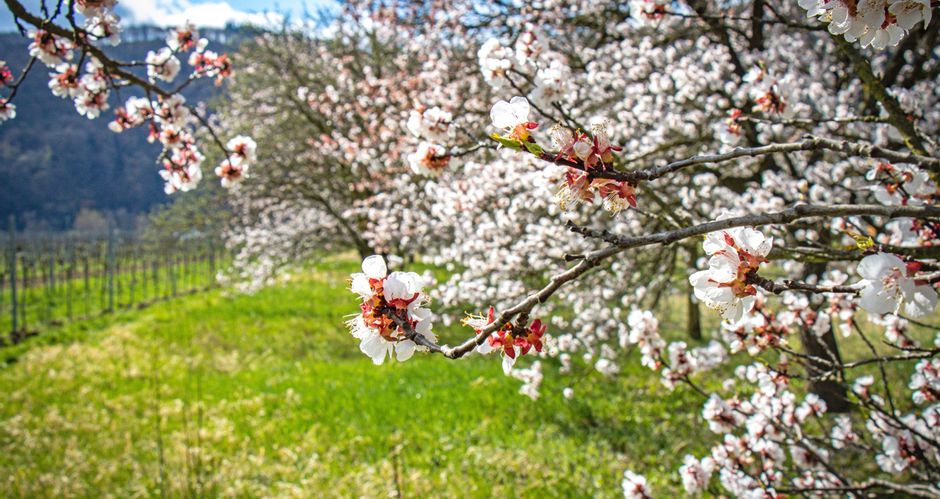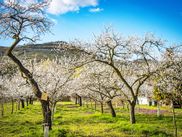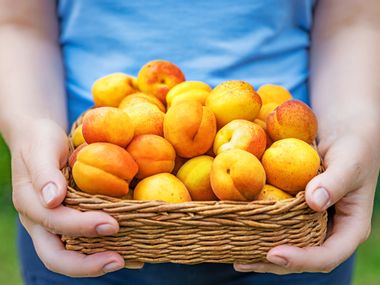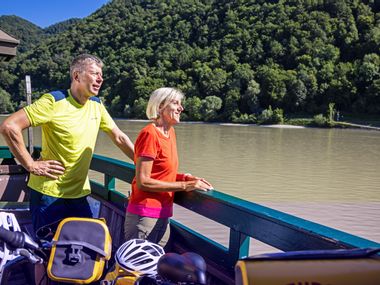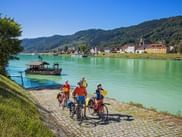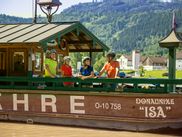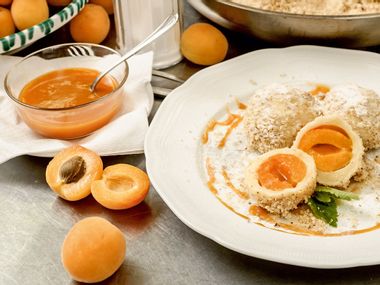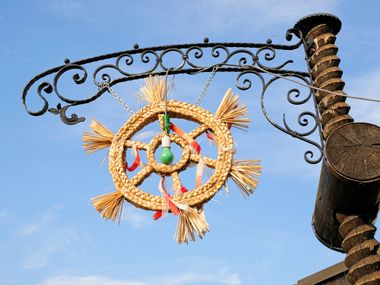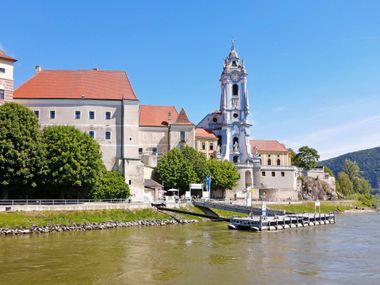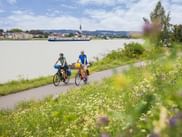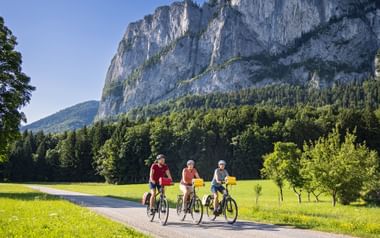Year after year, the natural spectacle of the apricot blossom attracts visitors to the World Cultural Region of the Danube Valley, when around 100,000 trees are veiled in countless delicate pink and white blossoms. It can be compared to the cherry blossom in Japan or the almond blossom in Majorca, when the buds of the apricot trees burst open, and the Danube valley is transformed into a delicately scented sea of blossoms. When the spring sun shines through the branches and casts a soft light over the blossoms, you will have the perfect photo opportunity. At the same time, it keeps us on the edge of our seats every year, because the time of flowering cannot be predicted exactly, as it depends on the location, temperature and amount of precipitation during the previous winter. So, when is the best time to cycle along the blossoming apricot orchards?
The blossoming starts in mid to late March in the Krems area, then appears a few days later in the Spitz and Arnsdorf area and a few more days later in the upper Wachau Willendorf, Aggsbach-Markt, Aggstein and Spitzer Graben. The duration of the blossom varies between 10 days and 3 weeks and at the beginning of April, usually around Easter, you can then marvel at the blossoming trees in all their glory - the ideal time to finally start pedalling! My tip: It is best to plan your tour so that you cycle through the Wachau during the week, because the weekends are usually a bit busier due to the many day-tripping guests who do not want to miss the spectacle of the apricot blossom.
With the help of the webcam, you will always be up to date on the development of the blossom and the later growth of the fruit!
